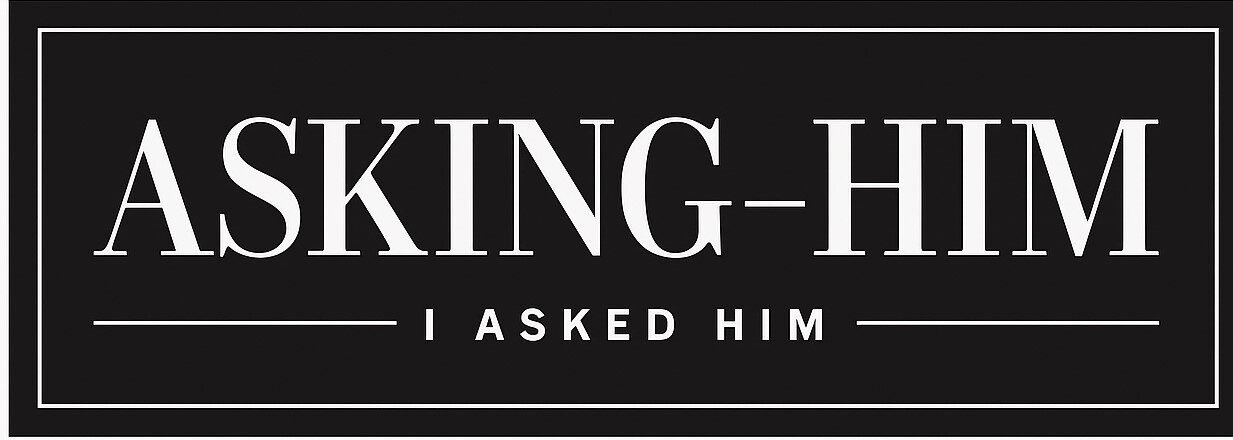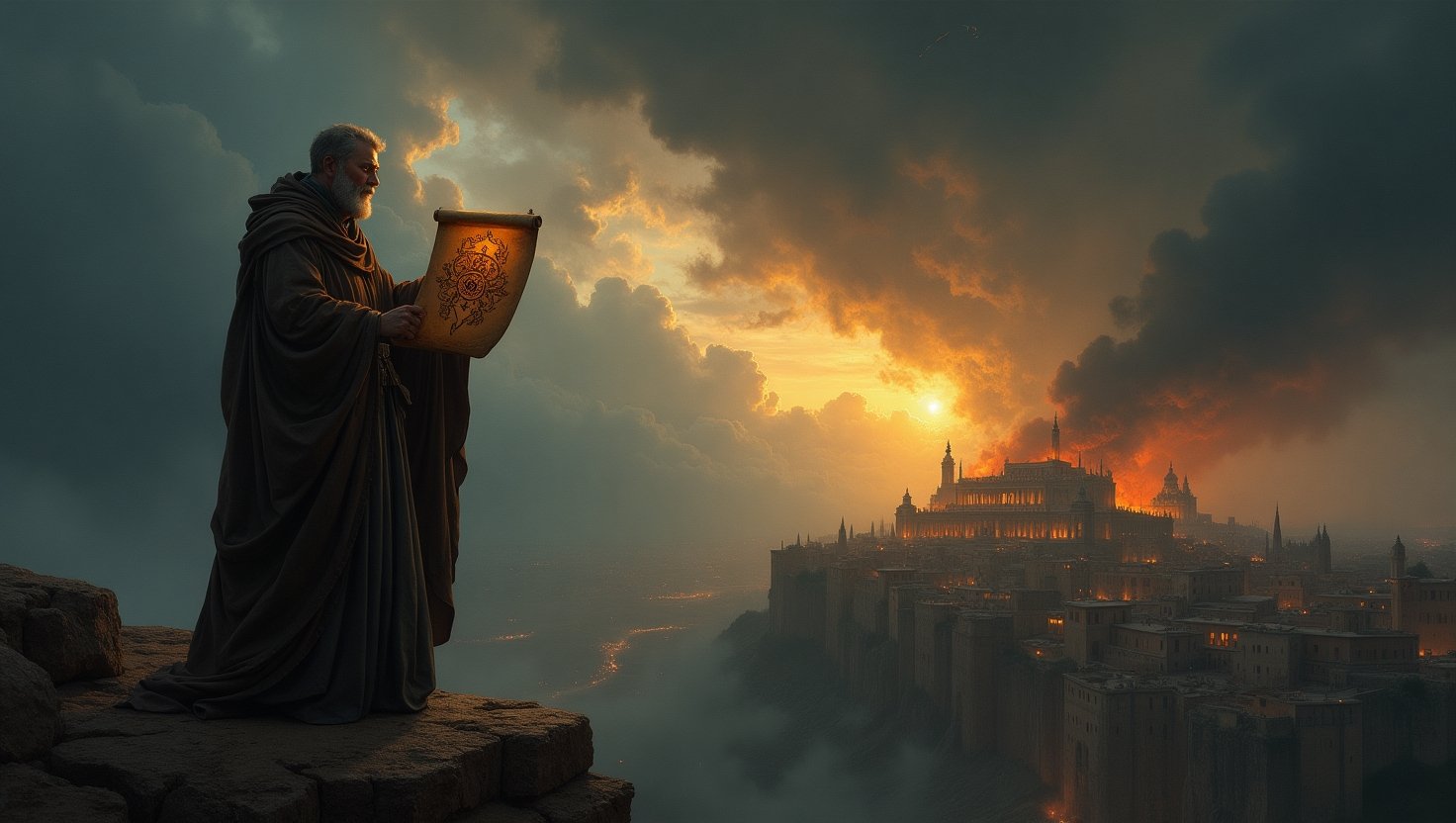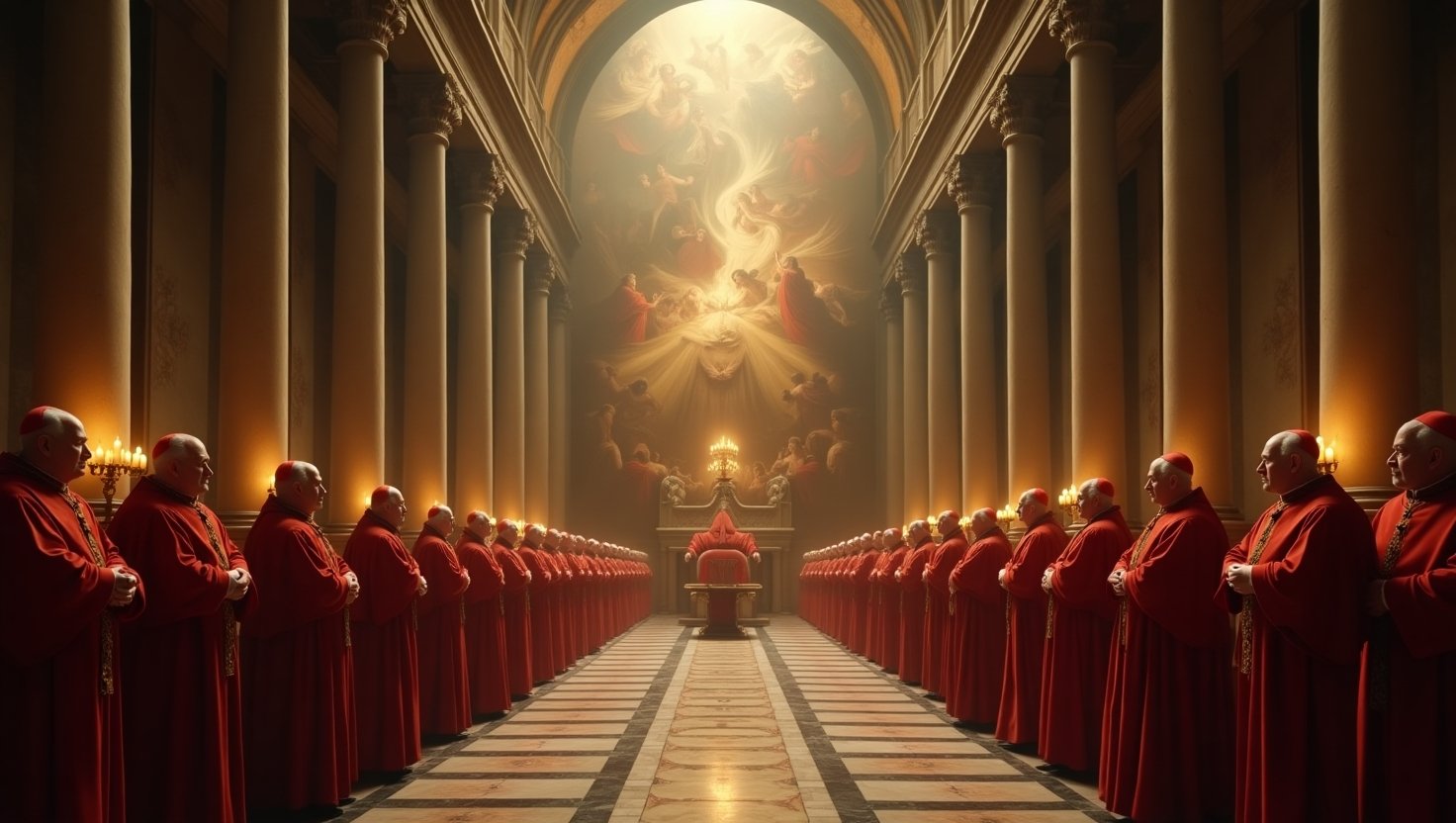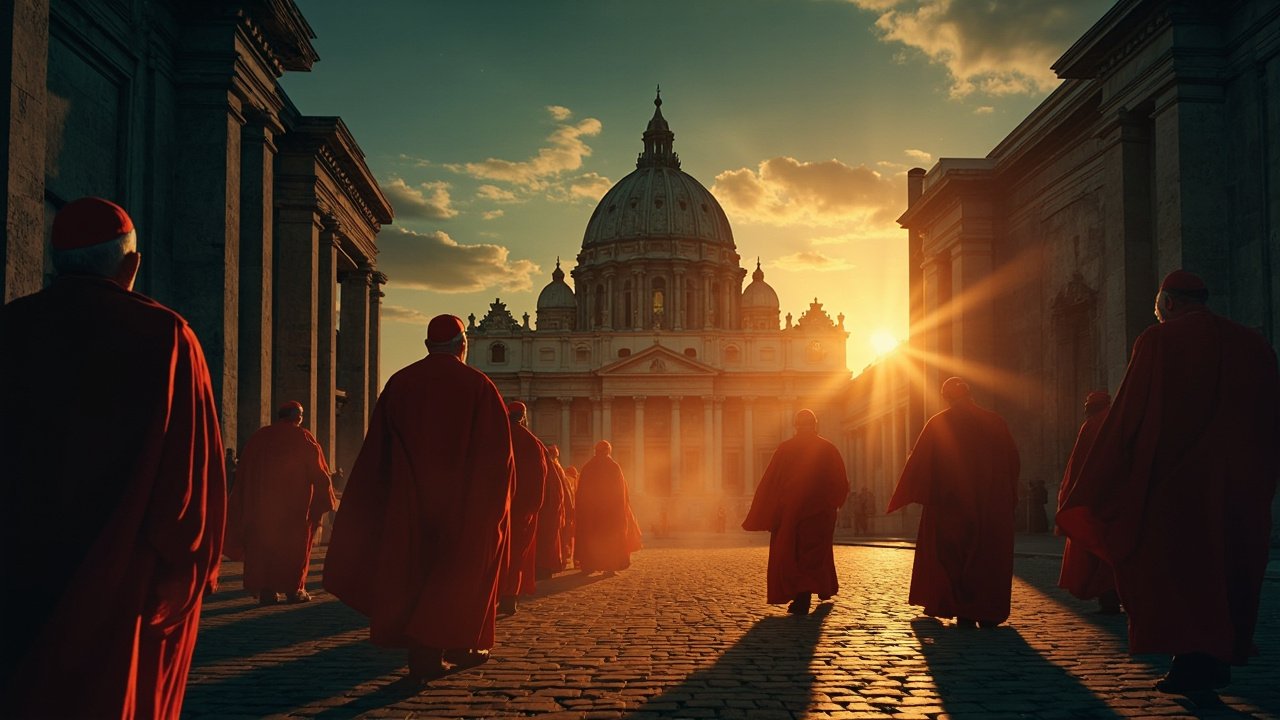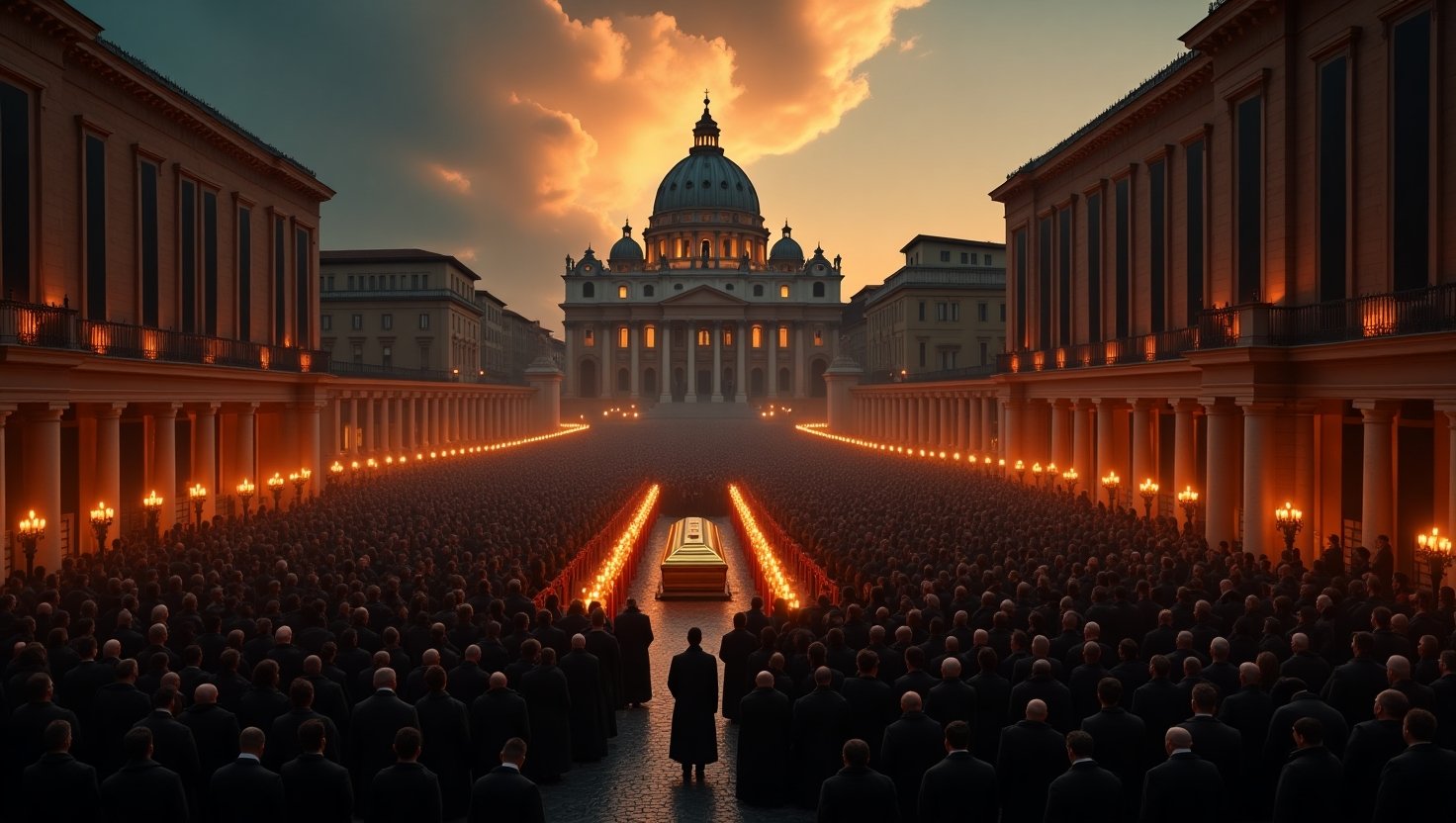
When the leader of the Roman Catholic Church dies, the world doesn’t just mourn — it watches, it speculates, and it remembers. The death of a pope sets into motion one of the most sacred and secretive sequences in modern religious tradition. From ancient rituals carried out behind closed doors to globally broadcast ceremonies, a papal funeral is both a holy farewell and a prophetic moment.
The death of Pope Francis marks the third papal passing in one generation. John Paul II. Benedict XVI. And now, Francis. What does this mean for the Catholic Church — and for the world? Here’s everything that happens, seen and unseen, during a pope’s funeral.
The Moment of Death: What Happens First?
The first official act following the pope’s death is handled by the Camerlengo, the cardinal responsible for overseeing the Church between papacies. He calls the pope by his baptismal name three times. If there’s no response, he pronounces him dead.
Then, a silver hammer is used to lightly tap the pope’s forehead — a ceremonial confirmation of death. This centuries-old tradition is rarely shown to the public but is still practiced in modified forms.
Immediately after, the Fisherman’s Ring, symbolizing the pope’s authority, is removed and destroyed in the presence of the cardinals. This act ensures no documents or edicts can be fraudulently issued in his name during the transition.
The Nine Days of Mourning: Novemdiales
The Novemdiales (Latin for “nine days”) begins immediately after the pope’s death is confirmed. Each day includes a Mass in the pope’s honor. These services are attended by clergy, Vatican officials, global leaders, and pilgrims from around the world. They also serve a dual purpose: mourning the late pontiff and preparing spiritually for the selection of his successor.
During this time, the pope’s body is embalmed and placed inside St. Peter’s Basilica for public viewing. The faithful line up by the thousands — sometimes millions — to pay their respects.
Pope John Paul II’s funeral in 2005 drew over four million people to Rome. Pope Benedict XVI’s 2022 funeral, though quieter, still marked a historic moment. Pope Francis’ will no doubt stir global attention once again.
The Triple Coffin Burial: Layers of Meaning
The burial of a pope is deeply symbolic. He is placed into three coffins:
- Cypress wood coffin: symbolizing simplicity and humanity.
- Lead coffin: sealed and engraved with his name and dates of papacy, representing strength and durability.
- Oak coffin: the outer layer, expressing dignity and tradition.
Inside the coffin are placed several items: a copy of the Rogito (a papal biography), sacred medals, and a sealed parchment outlining the significant events of his papacy.
The final burial place is typically beneath St. Peter’s Basilica, in the crypt alongside previous popes. Pope Francis is expected to follow this tradition unless he previously expressed otherwise — which is possible, as he was known for his humility and often challenged traditional expectations.
Security, Symbolism, and Global Viewership
The Vatican enters a state of heightened security. Heads of state, royalty, religious leaders, and hundreds of journalists descend on Rome. Swiss Guards take new positions, flags fly at half-mast, and bells toll across Catholic churches worldwide.
Every movement, every chant, every liturgical phrase is part of a centuries-old script written in reverence and mystery.
The funeral Mass is usually held 4–6 days after the pope’s death and is presided over by the Dean of the College of Cardinals (unless the pope dies while another pope is already reigning, as in the case of Pope Benedict XVI).
Television broadcasts translate the Latin liturgy into dozens of languages. It’s one of the most-watched religious events on Earth — often rivaling royal weddings in global viewership.
The Prophecy of the Popes: Is This the Final One?
Pope Francis is the third pope to die within many of our lifetimes. This has renewed global interest in the Prophecy of the Popes, attributed to St. Malachy, a 12th-century Irish archbishop who predicted 112 popes.
According to this controversial prophecy, Francis is the final one — “Peter the Roman,” who would shepherd the Church through tribulations and into judgment.
While the Catholic Church does not officially endorse the prophecy, it has intrigued theologians and conspiracy theorists alike for centuries. Some believe we are now witnessing the fulfillment of ancient warnings and apocalyptic visions. Others see it as symbolic — a call for reformation, not destruction.
Still, the death of Pope Francis in such a volatile global climate cannot be dismissed as ordinary. Something feels different. The rituals are the same, but the air is heavier. As if we are watching not just an ending — but a threshold.
What Comes Next?
After the funeral, the College of Cardinals gathers in conclave to elect the next pope. Behind closed doors, ballots are cast, burned, and signaled to the world through smoke — black if inconclusive, white if successful.
But until that moment arrives, the world stands still.
Each time a pope is buried, we bury more than a man. We bury a moment in history, an era of influence, a voice of faith. For many, it’s also a spiritual sign — an invitation to wake up, pay attention, and remember the ancient words:
“He who has ears, let him hear what the Spirit says to the churches.” – Revelation 2:7
Final Reflection
This funeral is not just a ceremony.
It’s not just the Church saying goodbye.
It’s a prophetic unfolding — layered in symbolism, watched by billions, and echoing the mystery of time itself.
Whether you believe in prophecy or not, you were meant to witness this moment.
It is history.
It is faith.
And perhaps… it is a warning.
